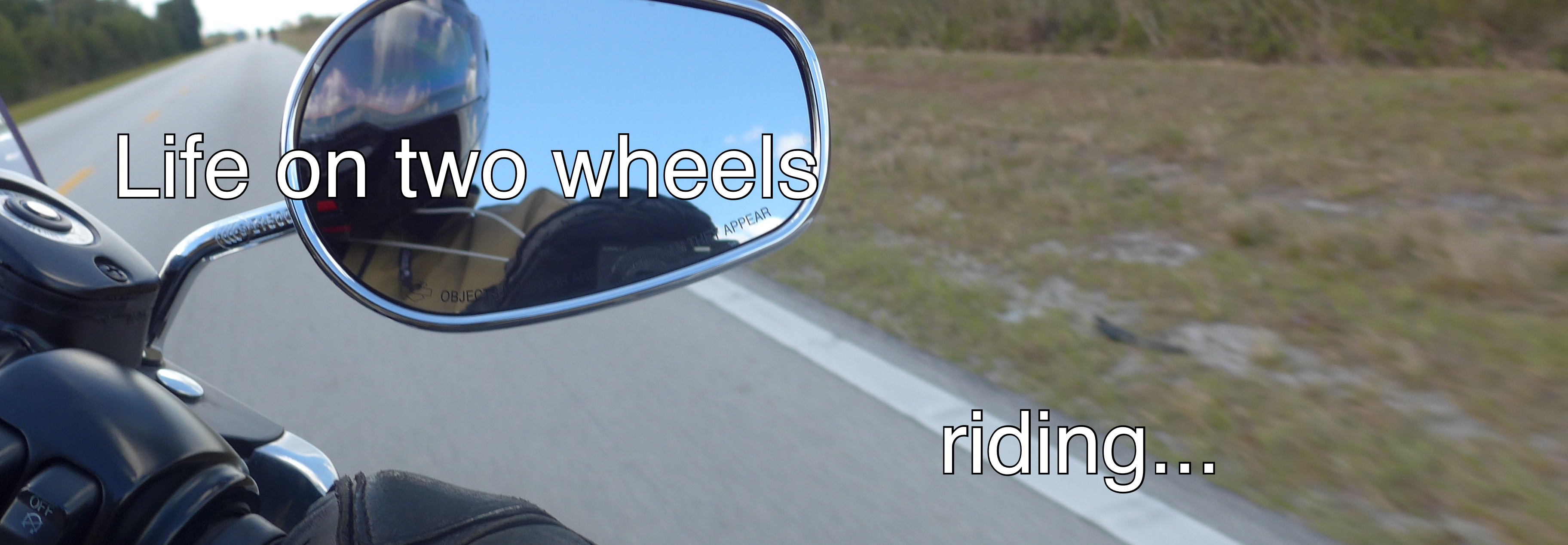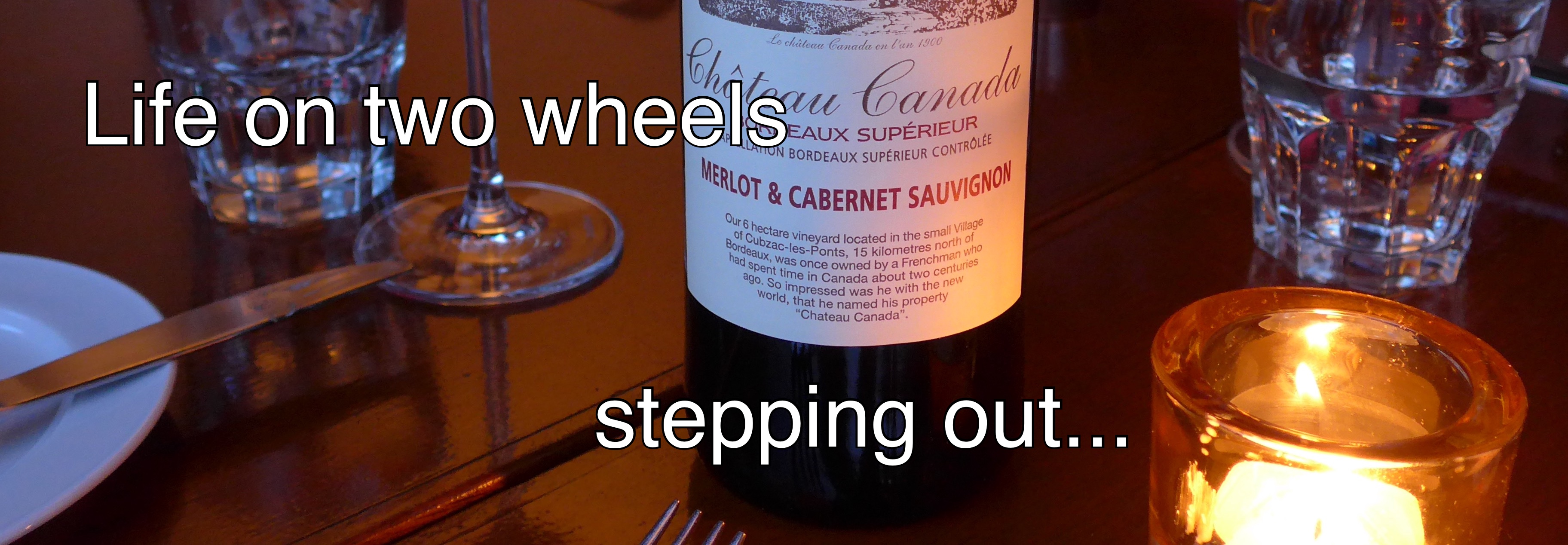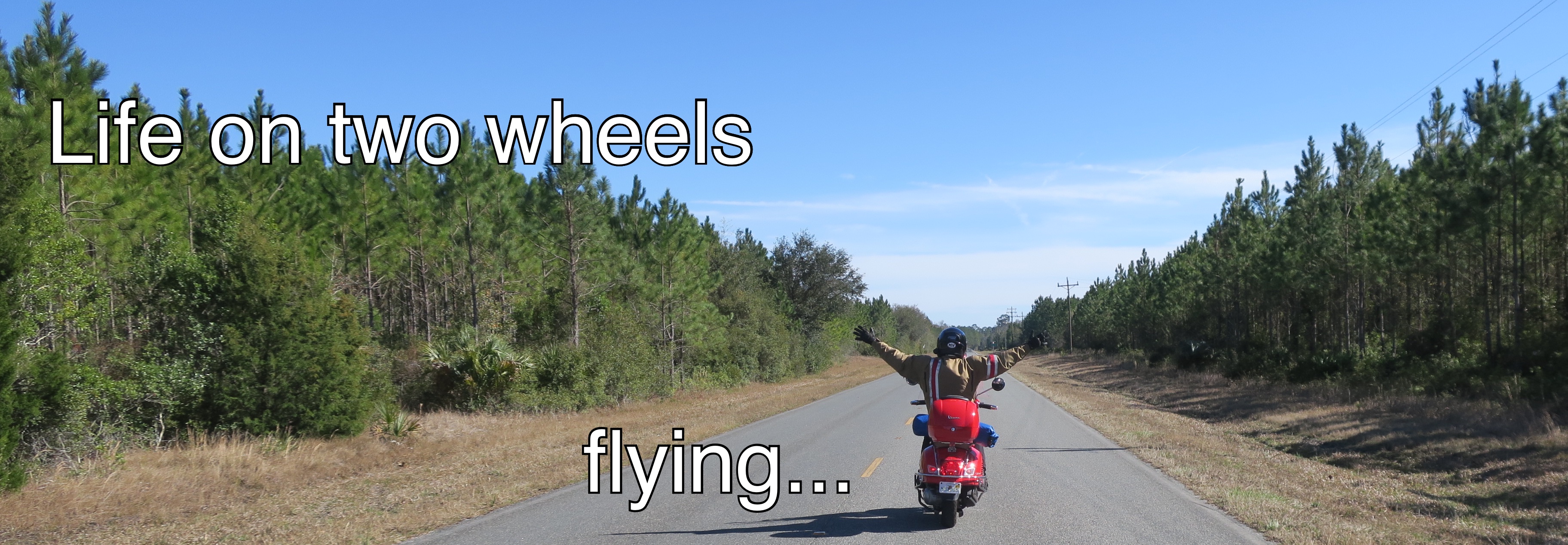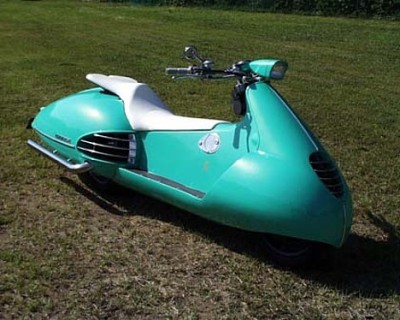~~~~~~~~~~~~~~~~~~~~~~~~~~~~~~~~~
October 18, 2011
Hello Mr. Zakes,
Please forgive this brief intrusion.
I stumbled upon Hilary Hedges' book at the Senneville Memorial to the Battle of the Lake of Two Mountains.
An account of this encounter is on my blog.
I drove by the memorial on Sunday afternoon hoping to find the book and borrow it for a few hours to read the story, but someone else had beaten me to it, the book was gone.
I noticed that you assisted Ms. Hedges with the illustrations for the book.
Perhaps you might be able to pass this message along to Ms. Hedges. My curiosity is tweaked.
If there is an online text of the book I'd love to read it.
No worries. If I don't hear from you that's fine. I won't pester you with this.
Regards,
David Masse
~~~~~~~~~~~~~~~~~~~~~~~~~~~~~~~~~
Hello David Masse,
First things first, I am a woman...
This being said I am not feeling intruded upon ... on the contrary... in all the years we (my husband Jim and I) have been doing "this" (explanation later), it is the first time ever we have been contacted by someone (how did you get to me??) and we are thrilled... tickled pink really.
I read your account on the blog, and if I were a little more into blogging (which I am not at all), I would post this note there... as it is, I need to rely on you to take it from here.
I am going to answer as many as I can of your questions, and tell you the story of this book.
Let me start at the beginning.
The book was written and published in collaboration with Hilary (the writer), Jim (the editor) and I (the illustrator).
Hilary Hedges, a British born lady, was working for one of our neighbours and that is how I know her.
She reacted to the text on the memorial plaque you tried to visit and that is how the story was born.
Several neighbours, adults and children, were involved for staging the photographs and I also did some drawing for the maps and the other illustrations, including the cover.
It was good fun and we published the book ourselves in a small edition and sold some of them around here.
Shortly after the publication, Hilary returned to England (she didn't leave us her UK address or contact information) and we were left with way too many books.
So Jim came up with the idea to leave some at the memorial for people to find and read.
And that is what he is still doing and that is how you found the book there. This has been going on for years and that is why I am so thrilled to get some feedback!
You can tell me how to get in touch with you and you can get your own copy of the book.
Now to the memorial plaque and your speculations on what happened.
Here is what we know.
Over the last 20 years this plaque has disappeared three times already.
One time, Jim actually witnessed some bikers taking it down and was pretty sure that they came from Oka, and were doing this to protest against the so obvious discrimination on it. They apparently dumped it into the lake.This happened right around the time when there was unrest in Oka and lots of protests.
After a few months it was replaced by an identical plaque and, as before, that one went missing again after some time and was replaced once more.
That one did not last very long either and seems to have been stolen for the simple reason that it is valuable bronze.
It has been over two years since the last theft and it has not been replaced.
Maybe someone in the department that takes care of these historical sites, has clicked on to the fact, that it is really a slap in the face to the first nations people and should be worded quite differently, to say the least, and not be celebrated like this at all if we took this matter to heart a little!
Or it could be celebrated in the way the book does it.... (I must preserve the mystery, I am not giving away the plot!).
As there is no online version of the book, let me know how to get it to you and you could even pick it up.
Feel free to ask more questions. I will be glad to answer you.
Regards
Atmo Zakes and Jim Katz
~~~~~~~~~~~~~~~~~~~~~~~~~~~~~~~~~
October 19, 2011
Hello Ms. Zakes,
I should have taken more care and researched your given name. I would then have addressed you correctly.
Thank you so much for your reply.
I found your e-mail address by Googling your name.
The first thing I would like to do is to post your account on my blog. I will e-mail it to you first so that you can make comments. I will only post it with your permission. It could take me a week or so to write it up.
Secondly, I would be pleased to purchase two copies of the book. One to keep, and one to donate to the Beaconsfield public library. Once I have had the pleasure of reading the book I may post a better review of it on my blog.
I will be in touch to see how I can purchase the books. I will be out of town this weekend and a good part of next week.
If you can think of any information concerning Ms. Hedges that might be used to contact her, that would be appreciated.
Please tell Jim what a wonderful idea it was to leave books at the memorial. He should consider releasing the books as suggested by the book crossing project that one of my readers pointed out in a comment they posted. Here is the web address for the Book Crossing Project:http://www.bookcrossing.com/
I will be in touch.
Thanks once more.
David Masse
~~~~~~~~~~~~~~~~~~~~~~~~~~~~~~~~~
October 20, 2011
Hello David Masse,
I think originally the idea to leave the books like that came from the Book Crossing people....
I have forwarded your message to Jim and know he is as thrilled as I am to hear from you.
It would have been clearer to do it the Book Crossing way and you would have known right away that you could keep the book.
He just simplified the procedure and lost some clarity in the process.
Sorry... but without that, you might never have written to us!!
I love your idea to give one of the books to the library and will gladly donate it for them....
I did not know that it was that easy to find me and am happy you did.
I did try to find Hilary online but was not successful either.
You do have my permission to post my account on the blog and also make the language corrections that might be needed (I am not a native English speaker since I grew up in Berlin, Germany) and it will be fun to get to read it first too.
I just noticed that you have already included your street address... so why don't I pass by there and leave you the books simply in the mail box. That leaves you free to read it and deliver the copy to the library at your convenience.
You can even remind me of this should I forget.... ( I am getting on in age and sometimes my brain does not work as efficiently as it used to).
I will go get the books for you and be in touch.
Take care and bon Voyage!
Atmo
~~~~~~~~~~~~~~~~~~~~~~~~~~~~~~~~~
October 23, 2011
Hello Atmo,
Can you tell me when the book was written?
Regards,
David
~~~~~~~~~~~~~~~~~~~~~~~~~~~~~~~~~
October 23, 2011
Hello David,
It was written over the winter of 1994 and illustrated in the spring of 1995 (you can find the info on the last page of the book).
There is an article with pictures I have from The Chronicle on the West Island Spotlight page that appeared on July 5th 1995 that gives a resumé of the book and invites people to the book launching party at our place.
You are welcome to come and read the article.
Atmo

















































